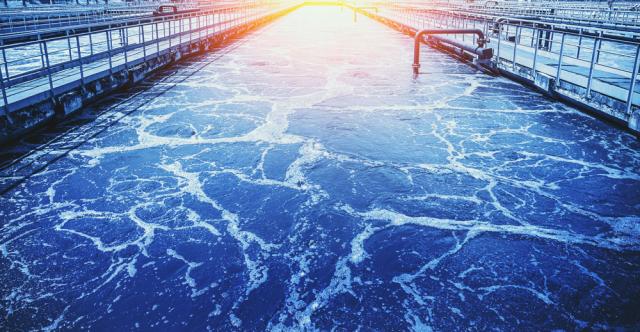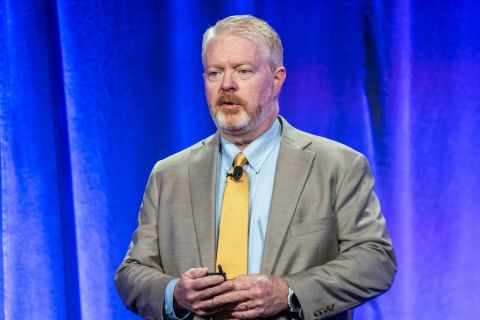
Anaergia Inc. was selected as the energy recovery contractor for a new renewable power system that will recycle wastewater sludge at the East County Advanced Water Purification facility in California. (Source: Shutterstock)
Anaergia Inc. was selected as the energy recovery contractor for a new renewable power system that will recycle wastewater sludge at the East County Advanced Water Purification (East County AWP) facility in Santee, California, the company said in a July 18 press release.
In addition to wastewater sludge, the project is also expected to eventually digest food waste. Anaergia expects to not only design and build the waste-to-renewable energy facility, but also operate and maintain it upon completion.
The East County AWP facility is part of a water purification program anticipated to produce up to 11.5 million gallons per day of new local drinking water, according to the release. Anaergia’s contribution to the facility is expected to produce renewable energy by anaerobic digestion of wastewater solids and locally sourced organic waste. The East County AWP has been fitted with Anaergia’s OmniMix mixers, which serve as the facility’s anaerobic digesters designed for co-digestion applications.
“This project serves as a model for other facilities,” Brett Hodson said, CEO of Anaergia. “It leverages proven technology, adds resilient infrastructure and brings economic benefits to the utility. The biogas made from anaerobically digesting this waste will be recovered to generate renewable electricity and heat for on-site use, reducing dependance on electric utilities and cutting costs for these municipalities.”
Anaergia intends to incorporate a waste-to-renewable power system, which includes a biogas conditioning system, combined heat and power generation and a receiving station with organic waste storage tanks. The East County AWP will utilize these technologies to produce up to 3.1 megawatts (MW) of renewable power and may expand that number to 4.6 MW in the future.
“To begin with, the AWP facility is creating a sustainable and local drinking water supply while reducing the region’s dependence on imported water,” Mark Niemiec said, director of the East County AWP facility. “The energy recovery project will complement and enhance the sustainability and community resilience benefits provided by the AWP facility [and] reduce the AWP facility’s use of fossil fuels, improve energy resiliency and cut costs, which ultimately benefits our ratepayers.”
Recommended Reading
How Diversified Already Surpassed its 2030 Emissions Goals
2024-04-12 - Through Diversified Energy’s “aggressive” voluntary leak detection and repair program, the company has already hit its 2030 emission goal and is en route to 2040 targets, the company says.
BKV CEO Chris Kalnin says ‘Forgotten’ Barnett Ripe for Refracs
2024-04-02 - The Barnett Shale is “ripe for fracs” and offers opportunities to boost natural gas production to historic levels, BKV Corp. CEO and Founder Chris Kalnin said at the DUG GAS+ Conference and Expo.


